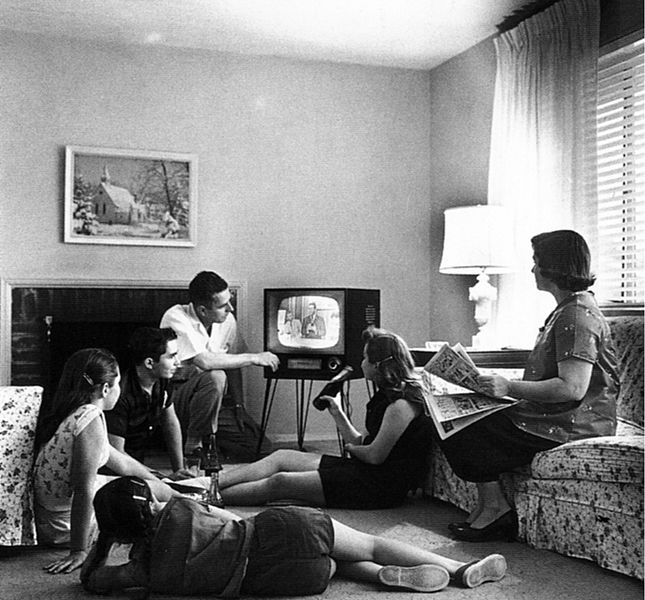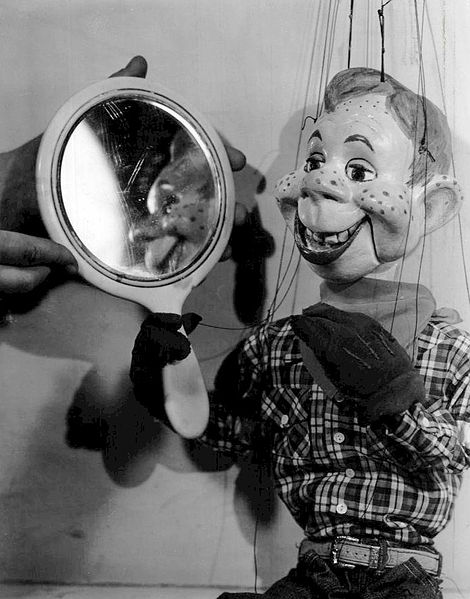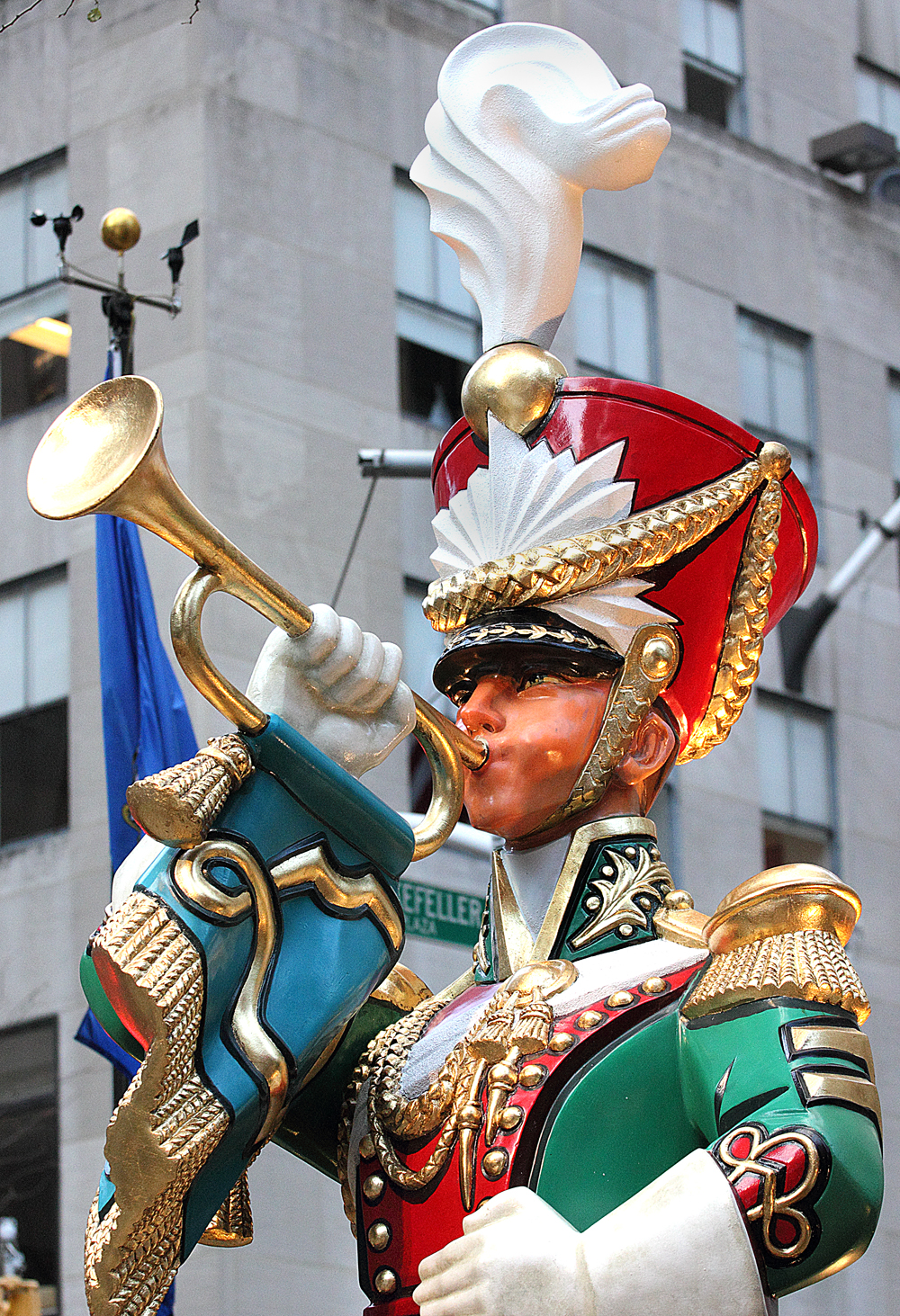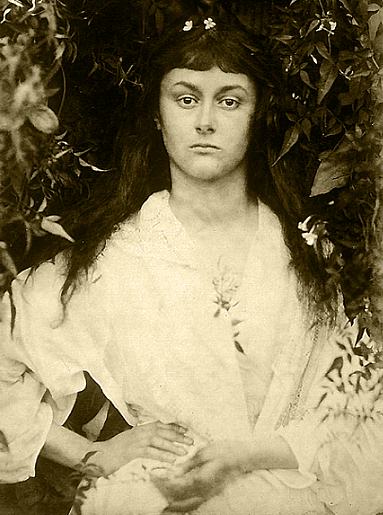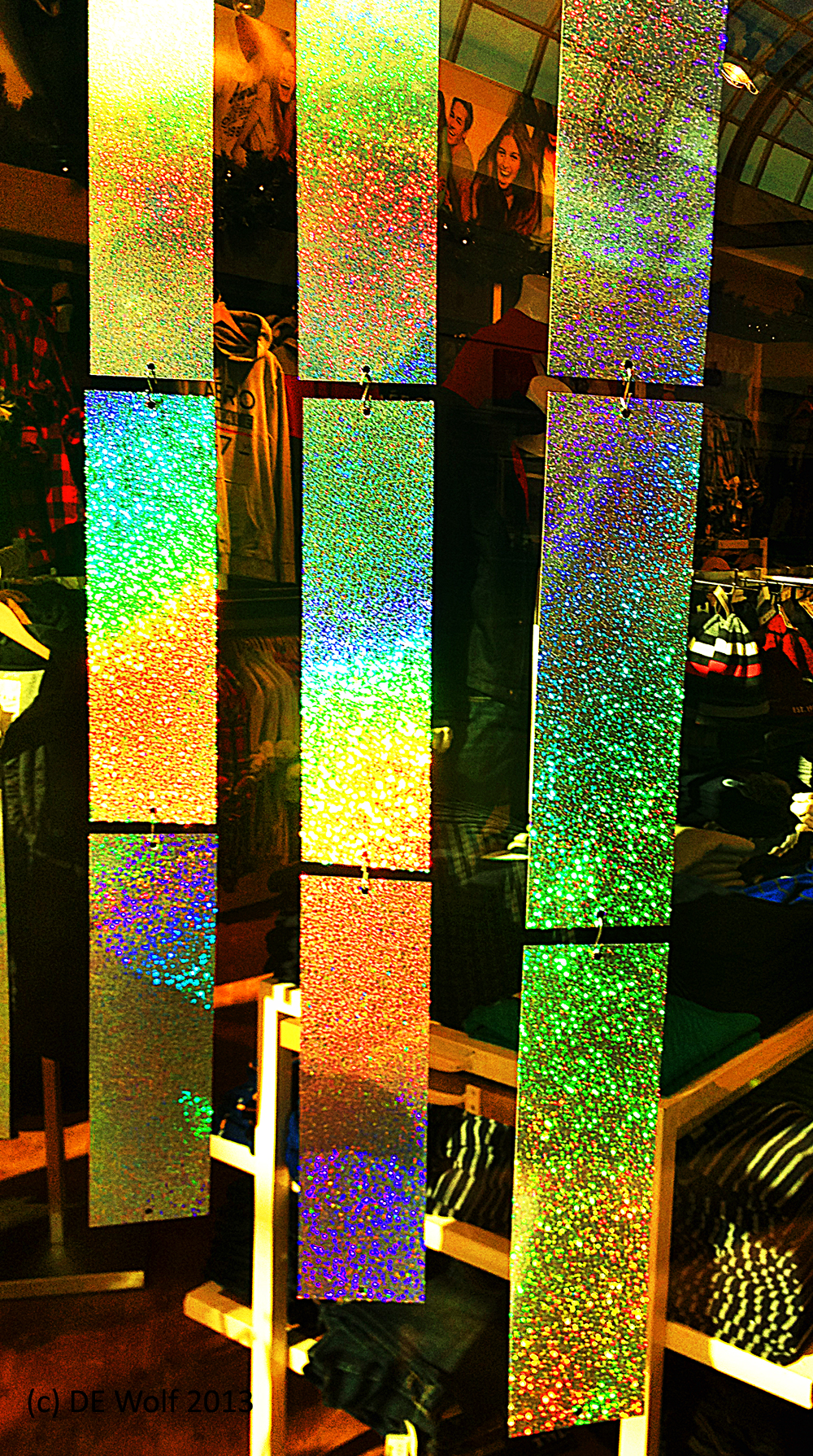A favorite topic for pseudodocumentaries are abandoned cities. The typical story is one of a great civilization and its striving metropolis and then it disappears – no one really knows why. The list of such cities is pretty impressive. There’s Çatalhöyük in modern Turkey; Palenque in Mexico; Cahokia across the Mississippi from modern day St. Louis; Derinkuyu in Turkey; Macchu Pichu in Peru; and Great Zimbabwe in Zimabwe. And that’s only a partial list. The stories of these places speaks to many points: the fragility of human memory, the shortness of the time that we get to spend on the Earth, and the arrogance which is human greatness.
All of these thoughts flashed through my mind when I considered a brilliant portfolio by photographers Yves Marchand and Romain Meffre entitled “The Ruins of Detroit.” Detroit was the great American automobile city that rose to see the nation covered in asphalt roads and then fell victim to globalization. I have spent enough time in Brooklyn these past few years to have learned that it would be a mistake to say that it will never rise again. But for now the portfolio is stunning. It captures that strange world between striving and “in ruins.” Several images stand out in my mind’s eye for the stories that they tell. First there is “18th Floor Dentist’s Cabinet, David Broderick Tower.” Then there is “Room 1504, Lee Plaza Hotel.” Particularly interesting to me are the images that show people in the distance, an example being “Packard Motor Plant.” Who are these people? Are they real? They seem more like ghosts than real people and I am reminded of the great post apocalyptic science ficton movie “Omega Man, 1971,” where the world is inhabited by mutant zombie like people.
Like a visit real or virtual to other abandoned cities, a trip through this portfolio leaves many questions unanswered. Of course, Detroit is not fully abandoned. So we are left to wonder what is next. And of course, our throats are left dry and we are haunted by Shelly’s words in his poem Ozymandias,
“I met a traveller from an antique land
Who said: Two vast and trunkless legs of stone
Stand in the desert. Near them, on the sand,
Half sunk, a shattered visage lies, whose frown,
And wrinkled lip, and sneer of cold command,
Tell that its sculptor well those passions read
Which yet survive, stamped on these lifeless things,
The hand that mocked them and the heart that fed:
And on the pedestal these words appear:
“My name is Ozymandias, king of kings:
Look on my works, ye Mighty, and despair!”
Nothing beside remains. Round the decay
Of that colossal wreck, boundless and bare
The lone and level sands stretch far away.”


